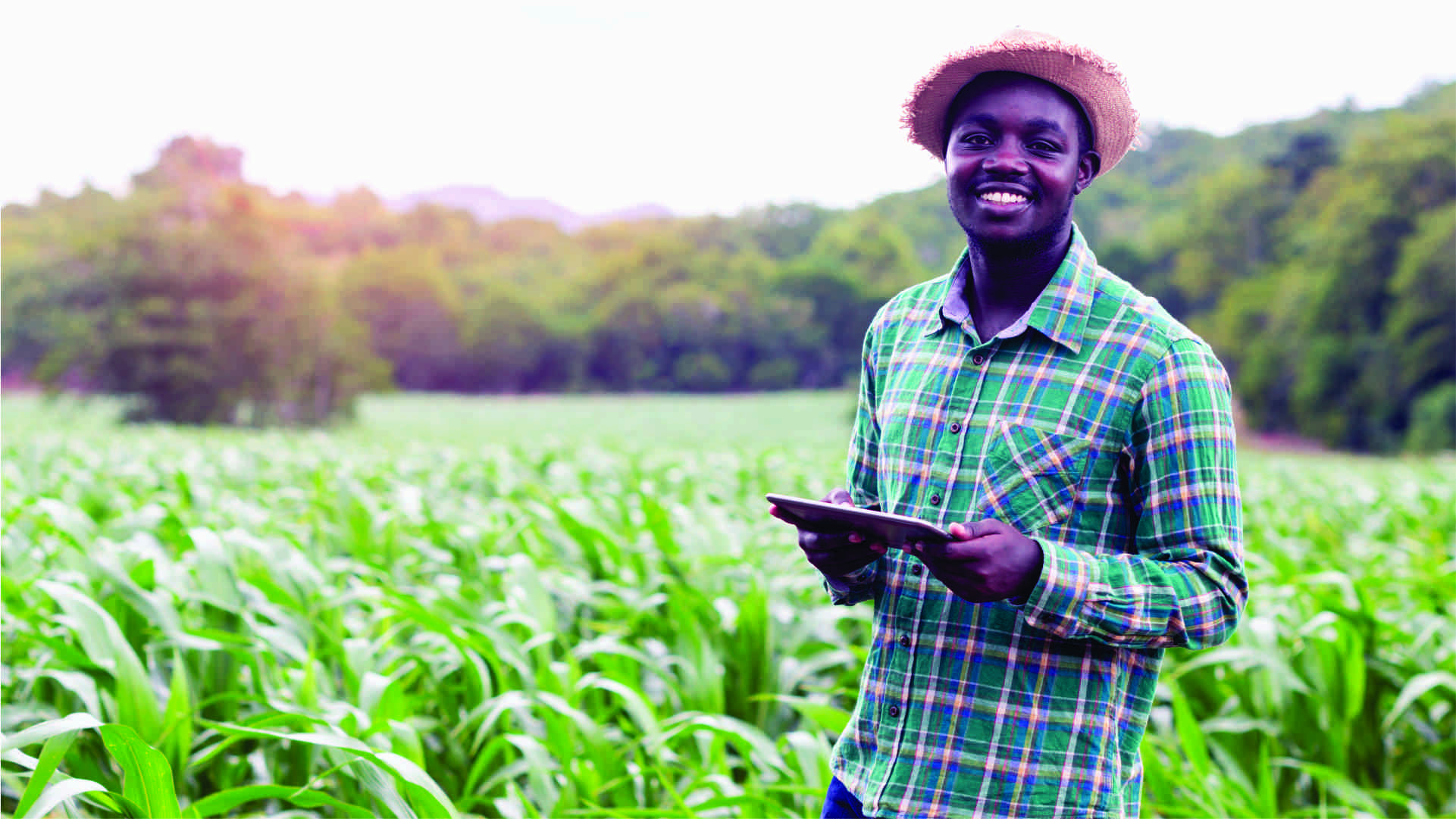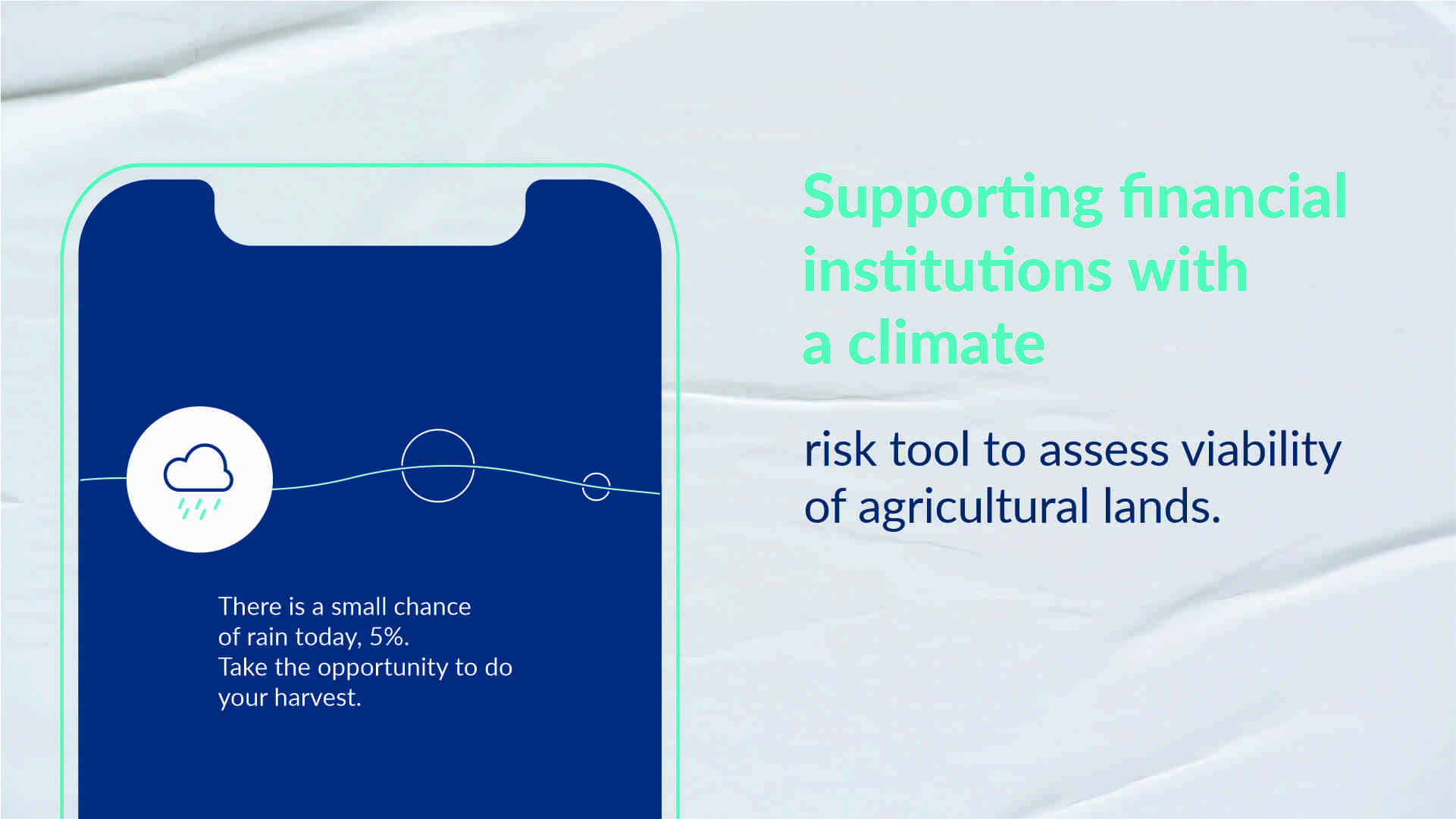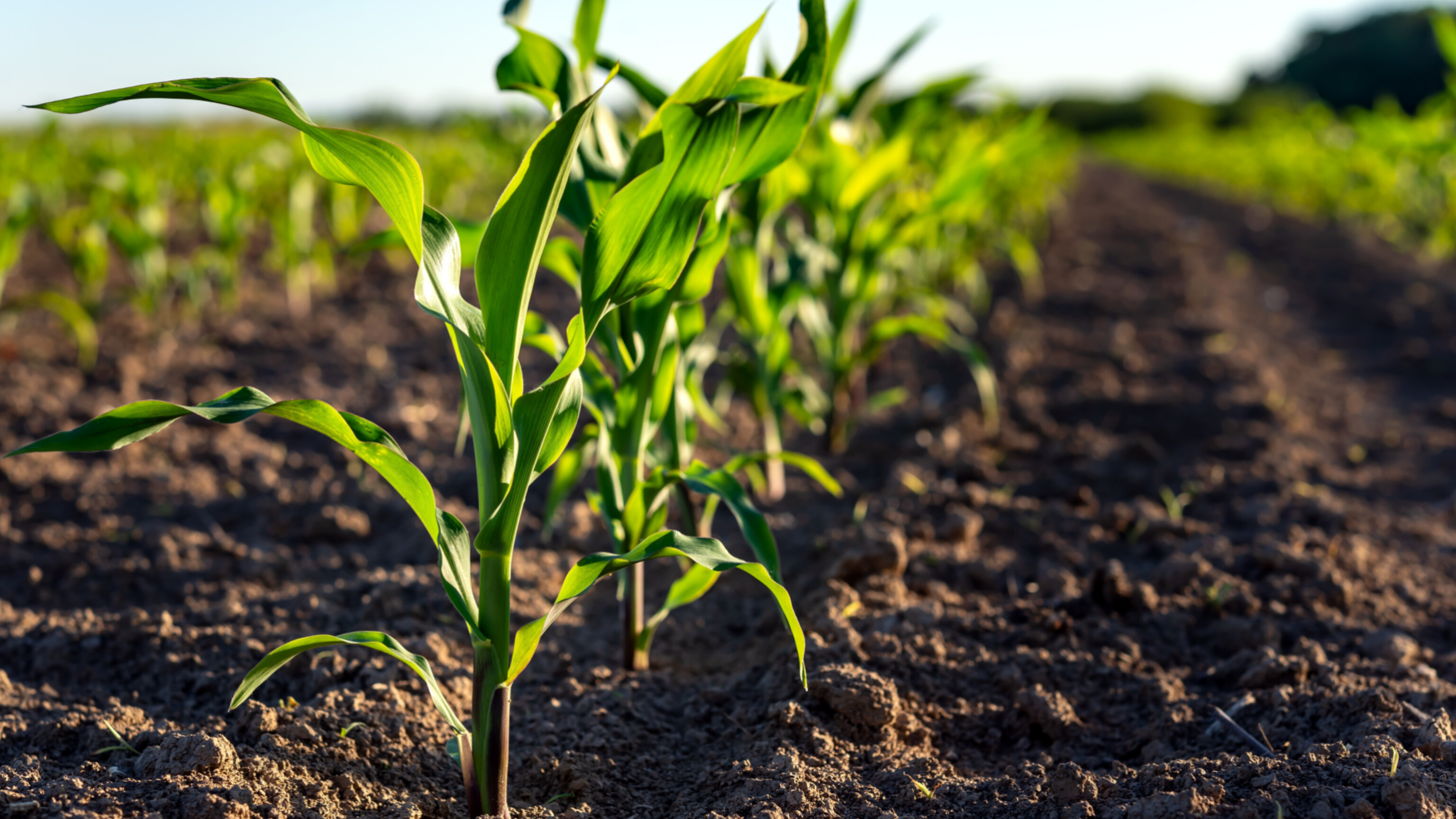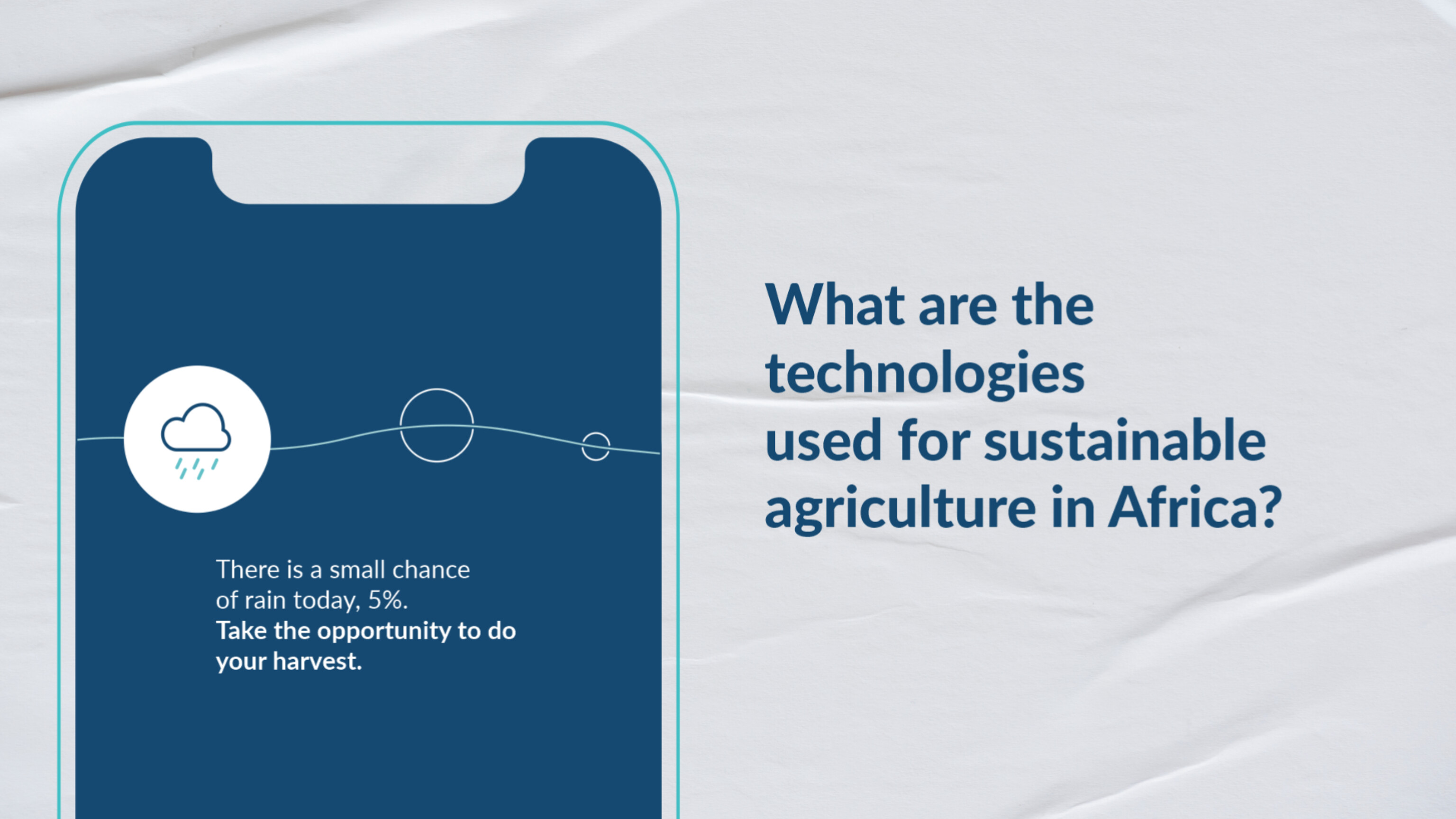The economic value of ignitia’s weather forecasts for agriculture in Africa is a complex and multifaceted issue. There are a number of factors that need to be considered, including the specific crop being grown, the region in which it is being grown, and the time of year.
In general, weather forecasts can provide farmers with valuable information that can help them to make more informed decisions about their crops. For example, ignitia’s forecasts can help farmers to determine when to plant and harvest their crops, and how much water and fertilizer to use. They can also help farmers to identify potential risks, such as droughts or floods, and to take steps to mitigate these risks.
The economic value of these weather forecasts for agriculture in Africa is likely to increase in the future. As climate change continues to cause more extreme weather events, farmers will need more accurate and timely weather forecasts to help them to protect their crops, thanks to Ignitia.
In addition to the direct economic benefits of weather forecasts, there are also a number of indirect benefits. For example, weather forecasts can help to improve food security and reduce poverty in Africa. By helping farmers to grow more crops and reduce their losses, weather forecasts can help to ensure that there is enough food to feed the growing population of Africa. They can also help farmers to earn more money, which can help them to improve their living standards.
Weather forecasts play a crucial role in providing valuable information for agriculture, influencing economic decisions and outcomes in the sector.
Key economic values of iginitia’s weather forecasts for agriculture in Africa
- Crop planning and management: Accurate weather forecasts help farmers plan and manage their crops more efficiently. They can make informed decisions regarding when to plant, irrigate, apply fertilizers, or harvest, based on anticipated weather conditions. This helps optimize resource utilization, reduce input costs, and increase overall agricultural productivity.
- Pest and disease control: Weather forecasts aid in predicting the occurrence and spread of pests and diseases. Farmers can take preventive measures in advance based on forecasted weather conditions, reducing the risk of infestations and minimizing crop loss. This ultimately leads to cost savings and increased profitability.
- Irrigation and water management: Forecasted precipitation levels and temperature patterns provide critical information for effective irrigation and water management. Farmers can adjust their irrigation schedules based on these forecasts, ensuring efficient water use while avoiding over- or under-watering. This helps conserve water resources and reduces irrigation costs.
- Harvesting and storage: Weather forecasts influence decisions related to harvesting and post-harvest storage. Farmers can plan the timing of harvest based on anticipated weather conditions, ensuring the optimal quality and preservation of their crops. This minimizes post-harvest losses and waste, maximizing economic returns.
- Risk mitigation and insurance: Weather forecasts contribute to risk management in agriculture. By being aware of forthcoming extreme weather events, such as hurricanes, storms, or heatwaves, farmers can take necessary precautions or secure agricultural insurance coverage. This helps protect their investments and livelihoods, reducing potential financial losses.
Summary
Overall, ignitia’s weather forecasts provide farmers with crucial information to make informed decisions in various aspects of agricultural operations. By optimizing resource allocation, minimizing risks, and increasing productivity, these forecasts have significant economic value for agriculture.







